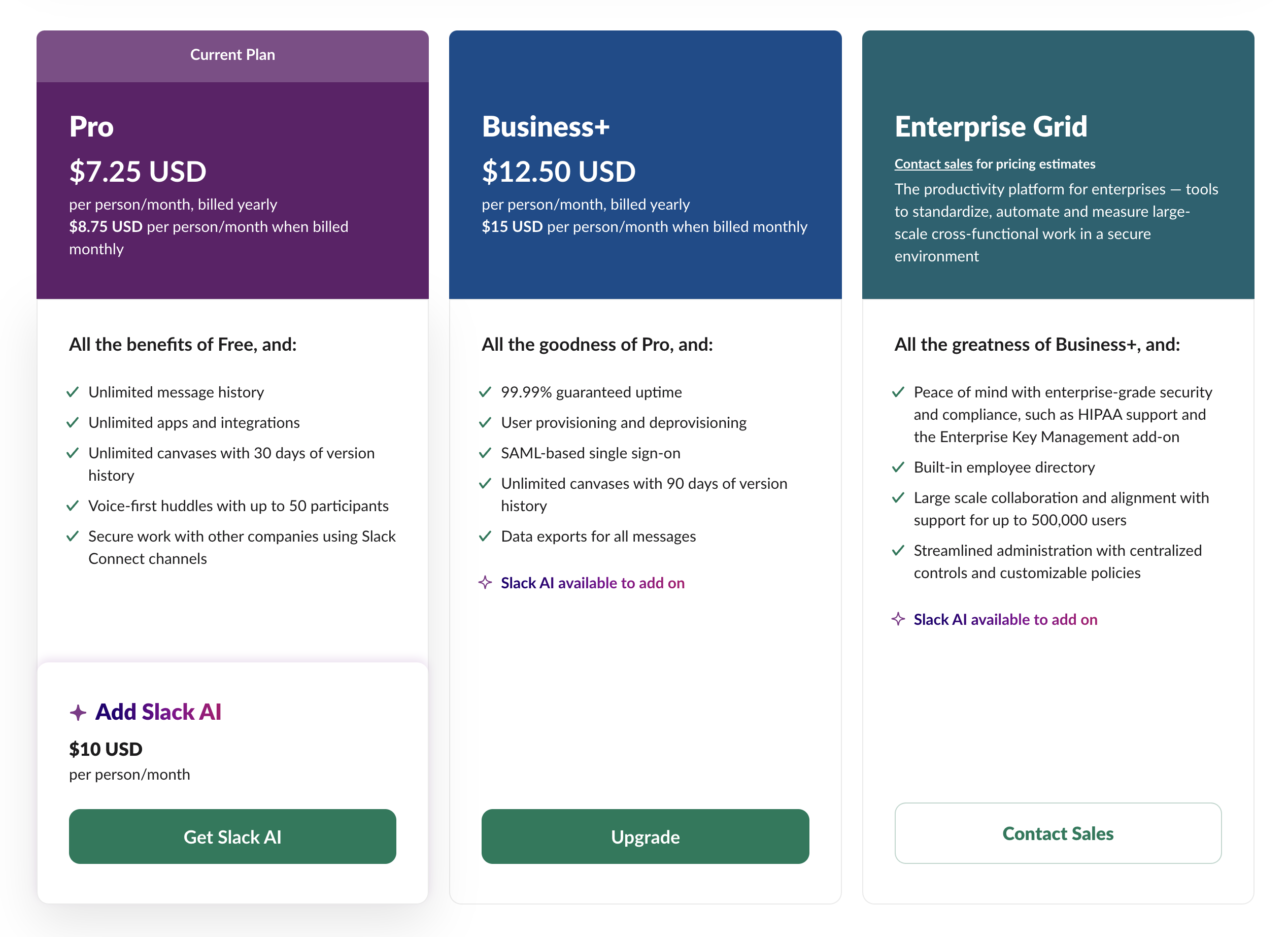Pricing Strategy
The Nuances of Seat-Based Billing
Seat-based billing, a staple in the subscription economy, involves charging customers a fixed rate per user or seat accessing the service. It provides predictability for both companies and customers, simplifying billing processes and facilitating budgeting and forecasting.
However, integrating true-ups and proration into this model adds layers of complexity but greatly maximizes revenue and promotes fairness. Companies often find this process so complicated to execute on, that they opt to forgo revenue from growth of seats between renewals.
In this comprehensive guide, we'll explore seat-based billing and implications to MRR with true-ups and proration, shedding light on their significance and strategies for effective implementation.

MRR with Seat-Based Billing
MRR measures the predictable, recurring revenue generated from customers on a monthly basis. This tends to be an important metric for SaaS companies, especially because it helps them forecast future revenue, identify growth trends and make strategic decisions.
With simple seat-based billing, the MRR math is quite straightforward.
MRR = Number of seats × Price per seat per month
For example, if a SaaS platform charges $50 per user per month, and a customer with 100 users subscribes to the service, the MRR would be $5,000.
The real nuance to revenue and MRR emerges when true-ups and prorations are added to the mix.
Understanding True-Ups
True-ups come into play when the actual usage exceeds the initially contracted number of seats. This can happen due to organic growth within the customer's organization or temporary spikes in demand. True-ups allow for adjustments to the billing to accommodate this growth accurately prior to a renewal conversation, ensuring fair pricing for both parties.
For example, let's consider a SaaS company, like Ignition, which offers a comprehensive go-to-market platform with seat-based billing. The company charges $50 per user per month. A customer, Startup Inc., initially subscribes to the service for 100 users.
Six months into the subscription, Startup Inc. experiences significant growth and increases the number of users from 100 to 150. Since this change occurs in the middle of the billing period, Ignition needs to perform a true-up to adjust for the additional 50 users.
Additional Users = 150 − 100 = 50
Additional Revenue = 50 users × $50 per user = $2,500
New MRR = $5,000 (initial MRR) + $2,500 (additional users MRR) = $7,500
In this case, the MRR increase is the same as the revenue increase, because there was no proration for joins partway through the month.
Understanding Proration
If the increase to 150 users occurred partway through the month, proration would ensure fair billing for the partial month. For simplicity, assume the additional 50 users were added halfway through the month.
Prorated Revenue = 50 users × $50 per user × 15/30 days = $1,250
However, for subsequent months, assuming the user count remains at 150, the MRR will stabilize at the full true-up adjusted amount
Stabilized MRR = 150 users × $50 per user = $7,500
Benefits and Challenges
The major benefit of this model is that enables the capture of additional revenue from true-ups while ensuring fair and accurate billing through proration. This builds trust and maximizes revenue potential. Ensuring that in true-ups are baked into contracts and automating tracking of true-ups greatly avoids leaving huge sums of revenue on the table when conversations about additional revenue are only driven by CSMs or AEs on renewals.
However, tracking changes in seats, managing true-ups and proration all while affording clarity of billing to your customers is far from trivial. This is something that even Stripe invoicing fails to solve well today. While there is an accurate list of proration amounts, it is hard to discern who was added or removed from the seat count.

Contrast with Consumption-Based Billing
With modern SaaS products, consumption-based billing (post-paid usage-based or pre-paid credits-based) has picked up tremendous steam. Given that consumption-based billing charges customers based on their actual consumption of the service over an unbounded time frame, it is extremely hard to anchor a clear measure of MRR.
There are several prevailing opinions on this, such as average revenue from consumption over the last 3-6 months, however, it has not been nailed into an exact science. The clearest measure of MRR in a consumption-based billing is based on preset minimums on pre-paid consumption on a monthly basis.
Achieve Seat-Based Billing with True-Ups and Proration with Maple
True-ups and proration in seat-based billing ensure that companies can accurately reflect the growth in their customer usage, optimizing revenue while maintaining transparency and fairness in billing practices. By incorporating proration, companies can also address mid-period changes, further enhancing the accuracy of their revenue calculations. This flexibility and precision foster strong, trust-based relationships with your customers.
Learn more about how companies like Ignition have leveraged Maple to implement, manage, and optimize seat-based billing with ease.